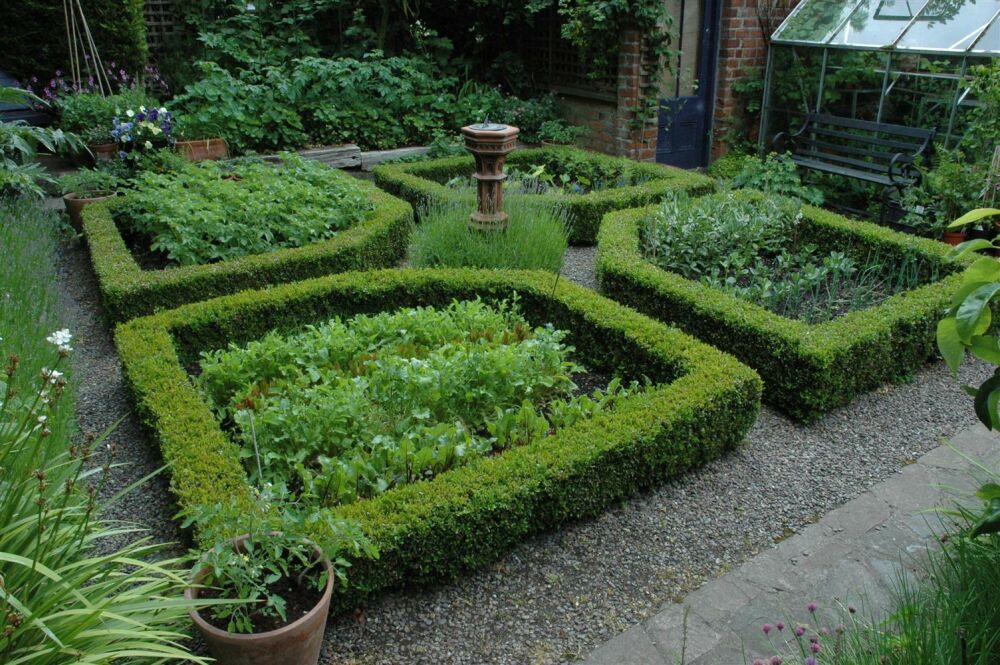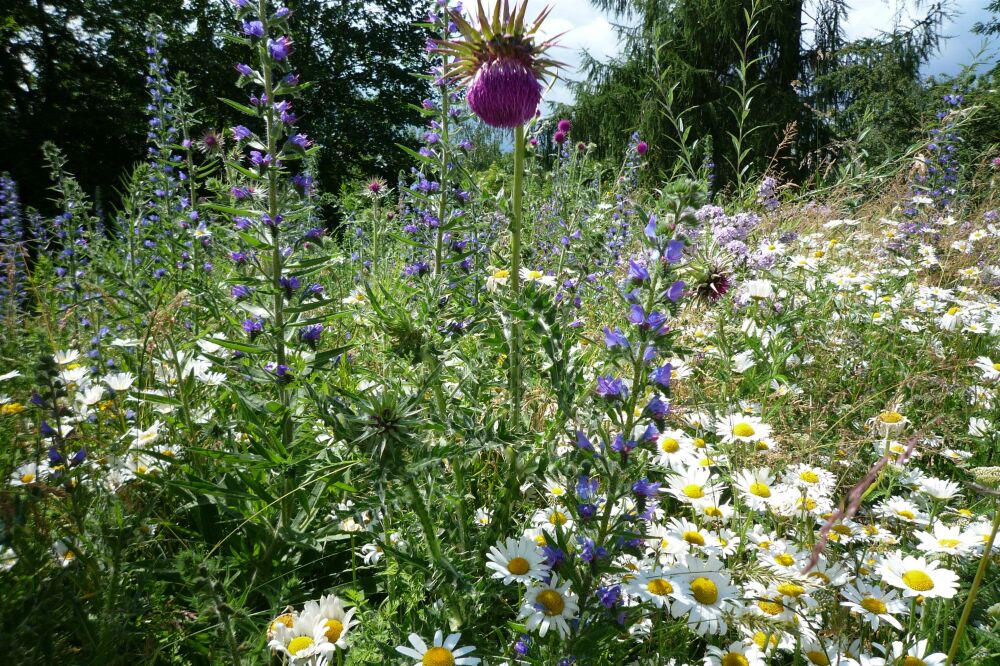The history of hedgeplants
Hedgeplants have been around for centuries. It seems as if they have always been there. We want to take a moment to explore the history of hedges. Here we explore what all the benefits and purposes of hedges have been over the years and why hedges are likely to continue to adorn our streets in the future.
Where it all began
As far as we know, hedge plants were already cultivated and grown during the time of the ancient Egyptians (approximately 3300 BC to 332 BC) and the Greeks and Romans (3000 BC to 500 AD). In ancient Egypt, hedge plants were primarily used as boundaries between the beds of medicinal plants in the walled gardens of palaces and temples. They provided order and structure for the production of cosmetics, medicines, and plants used in rituals within the temples.
The Greeks and Romans used hedges in particular to indicate boundaries of land. At that time, gardens and farmland were demarcated by hedges to clearly show where one piece of land ended and the next began.
Protective function
Long after the Greeks and the Romans came the Middle Ages (500 to 1500 AD), when hedges provided a protective function in particular. Castle lords and landowners fenced their land off with hedges to protect their property from intruders. The hedges not only prevented human intruders, but also predators. Around this time, hedges also served as the perfect barrier during wars.
Ornamental purposes
So, up to and including the Middle Ages, hedges were mainly planted for functional purposes. It was only during the Renaissance (1400 to 1600 AD) that hedges started to be used for ornamental purposes too. Gardens, parks, and other estates were decorated and embellished with hedges in all shapes and sizes. This is thanks in no small part to King Louis XIV of France. He was a big fan of hedges and used them to brighten up the Gardens of Versailles in different ornate shapes and patterns.
Sustainable future
Hedges are hugely popular in parks or gardens even today. They are still used to create privacy and as a beautiful way of separating parts of a garden. Hedges also reduce noise, while protecting us from the elements.
Hedges are likely to remain an integral part of our cityscape for some time to come. The plants are sustainable and provide biodiversity in outdoor spaces, something that is becoming increasingly important in the world, meaning hedges are here to stay!



